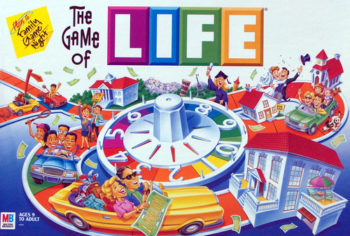My kids are on the brink of starting a new school year. This has always been a bittersweet time for me – the mix of excitement of the year ahead mixed with the anticipatory worry that comes with what they will face that is still unknown.
Some of it stems from visceral memories of my own childhood, that was mixed with some of my best years and some of my hardest. As a therapist now, who specializes in trauma and attachment wounds, this wisdom is hard to overlook now that i am a parent.

Our core memories still show up in the present – sometimes in the form of wounds or if we are lucky, as wisdom to guide us. They show up in our internal parts and the goal they have to inform or protect us. I have been able to heal the more exiled parts and give my strong inner guides a more healthy and wanted role. And yet, it’s times like a new school year that still bring up the old defaults of my Parts. My various parts show up to help me out when faced with new experiences, and can be a bit polarized.
For instance, the Good Mom in me wants to shelter my kids from disappointment and sadness. The wounded adult in me is still grappling with her own scars from school. The fully formed self is appreciating this interplay that at times feels paradoxical.
These parts of me have come to guide me in a more deeper way than ever before – i can witness in my children what they need as well as know what my strengths and limits are.
Take for example, the special kind of hell of finding out that your kid isn’t in the same class as her best friends. Again.
The Good Mom Part of me knows that my kid is resilient, social and thrives in community. The Wounded Child Part of me knows my own mom never showed up for me when i needed her advocacy or voice at school. The Young Teen Part is so scared that this happening, as it was close to this age that i also experienced some of my hardest years at school. The Trauma Therapist Part knows that being separated from peers is a small t trauma that can build over time. The Attachment Theory Geek Part in me is worried about how this will impact her at school and life, when she has to keep working at fitting in and adapting, instead of feeling safe and belonging in a community that considers her needs. The Grieving Daughter Part knows my mom tried her best, and faced a lot of her own Wounded Parts. The Skeptical Part is not trusting of a system that totes the company line and is focused on the best for the greater good, rather than individual mental health – all very masculine energy based focus.
These are just some of the parts that show up in my head as i try to grapple what is best for my child. Coming to centre allows each voice to be heard and considered, in a way that values their input. This is not easy work and yet it is transformative.
When i am faced with a decision that seems hard and i feel pulled in different directions, that is a cue to me that i have polarized Parts that are trying to guide me, albeit in different directions. I am starting to listen to them, track them like animal tracks in the snow. Then i use a more centred Self to guide me back to a voice of reason instead of being pulled into catastrophizing.
This is how i start to embody RESILIENCE – feeling like i have capacity to handle things because i am resourced. This comes from starting to really listen to my self and all my parts.
I love the word ‘resilience,’ even though it has become a buzz word these days. I love that it shows we can come back after experiencing adversity, that we have strength in us all along. Resilience is not independence or self-sufficiency, but rather a felt sense of confidence of our own capacity. It is a reflection of having an embodied knowing we have the resources we need to handle something. It also is a reflection of knowing we belong to a community that will be there for us.
Independence can be more of a trauma response or attachment wound from not being able to trust others when we need to be held or soften. We feel like we can only trust ourselves.
I love how both my kids share about their days, their life, their worries with me. That they know i will listen (even when it’s sometimes not fully because i’m not perfect and can only take some much Roblox or anime info load). This is not something that i had as a child when i was their age. I was alone in my misery and worries, as well as my interests and wins.
This is huge reparative work, both for my inner wounded parts as well as our generational cycle. No matter what the outcome may bring, i want my kids to know i have their back and their pain is no smaller than mine just because they are young. Their worries are not trivial, they are age-appropriate.
What truly makes us feel a sense of resilience, capacity and confidence is knowing that we belong because others will hold us when we soften. When i consider what is best for my kids’ mental health and well-being, this is what i come back to. When adults show that their students’ wellbeing is paramount, that means knowing what students are friends and feel both confident and safe together. That shows students that teachers can be trusted to have their best interests in mind, and are a safe harbour.
After these last 2 years, we should all know that community is what helps us get through hard times. Isolation and being separated by our loved ones can be detrimental to our health. We are social creatures, not unlike elephants and wolves. We need connection to be safe.
Excerpt from “Belonging: Remembering Ourselves Home” by Toko-pa Turner
We also now know that it is the ages of 9-12 that are pivotal for personal growth and self-worth, especially for children who are female identified. This transition of puberty is messy and a major rite of passage. I shared more about it in my previous journal article HERE.
But i digressed…
I guess a part of me really wanted to focus on the science of Attachment Theory!
Coming back to my Parts and how they can guide me, one thing that is key to note is that we don’t’ want to get rid of our parts but rather update them to the most current edition, the best version of me. Not all of my Parts are wounded, some have always been helpful. It’s the Protective ones that get blended and take over when i am deeply triggered, upset or dysregulated.
As i continue my journey into Motherhood, i am updating my Parts to know that a new one is present – my Inner Mother. She is the one that is nurturing the me of now, and all my Parts, in ways i needed all along. She is my most self-like Part so i am still working on ways to hold space for her.
One way i have done that in these last two years is recognize that Motherhood is a type of a Hero’s Journey. Similar to Inanna, the mother archetype in Jung’s body of work experiences this journey as we descend to the underworld. This is the process of Matrescense – when we come out whole and individualized, yet with a felt sense of belonging in a larger community.
In the classic guide, Women Who Run with the Wolves, Clarissa Pinkola Estes speaks about the transition from being a Child Mother (a new parent) to being more of a self-identified Goddess Mother or Strong Mother. It is a shift that comes from experience and integrating the knowledge that comes from it:
Here are a few things i have done to recognize and welcome my Parts:
1) Map out your Parts – get a sense where they live in your body and when they come up to help you, warranted or not.
2) Find the role models you admire most – both real or fictional. See if you can create a composite of them to bring together the best version of your Parts roles.
3) Self-Mothering – find a way to nurture the Part with love and compassion.
4) Find your Wise and Wild Woman inside – that voice of reason who can hold space for the polarized and scared Parts.
If you are interested in finding our what Parts make you whole, Richard Schwartz’ new book No Bad Parts offers a great map to help you start. I also really like to ask myself if i am feeling something deeply now, where does it live in my body and what does it need right now? I don’t bypass or override it. I listen to the soft voice inside. I give her space to be seen.
Parenting is hard because your child is reflecting back a part of you that hasn’t yet healed in yourself.
It doesn’t have to be.


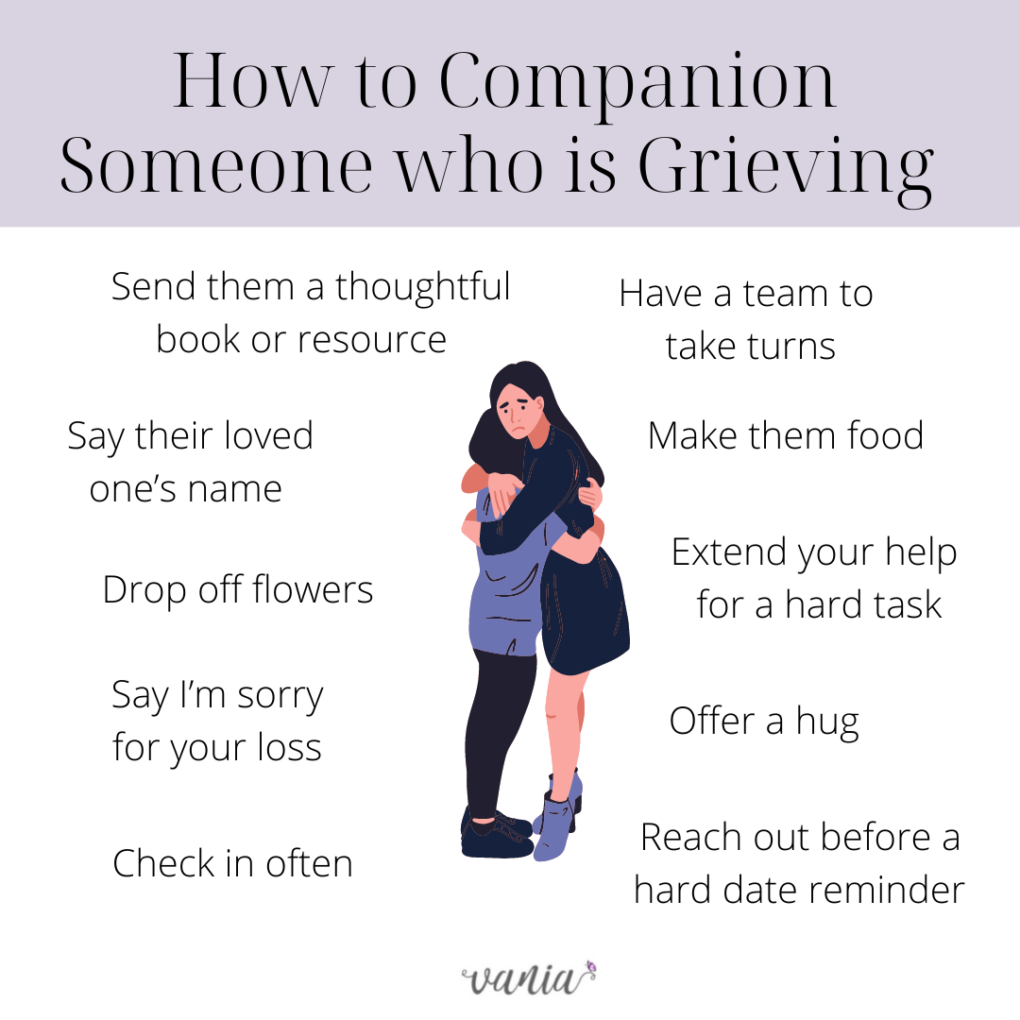
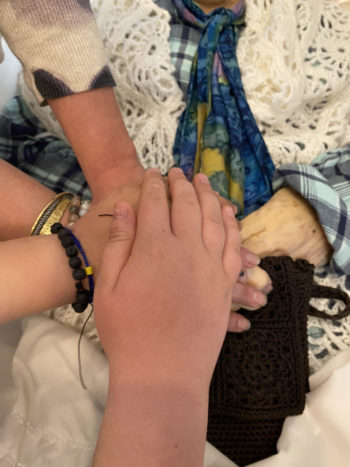
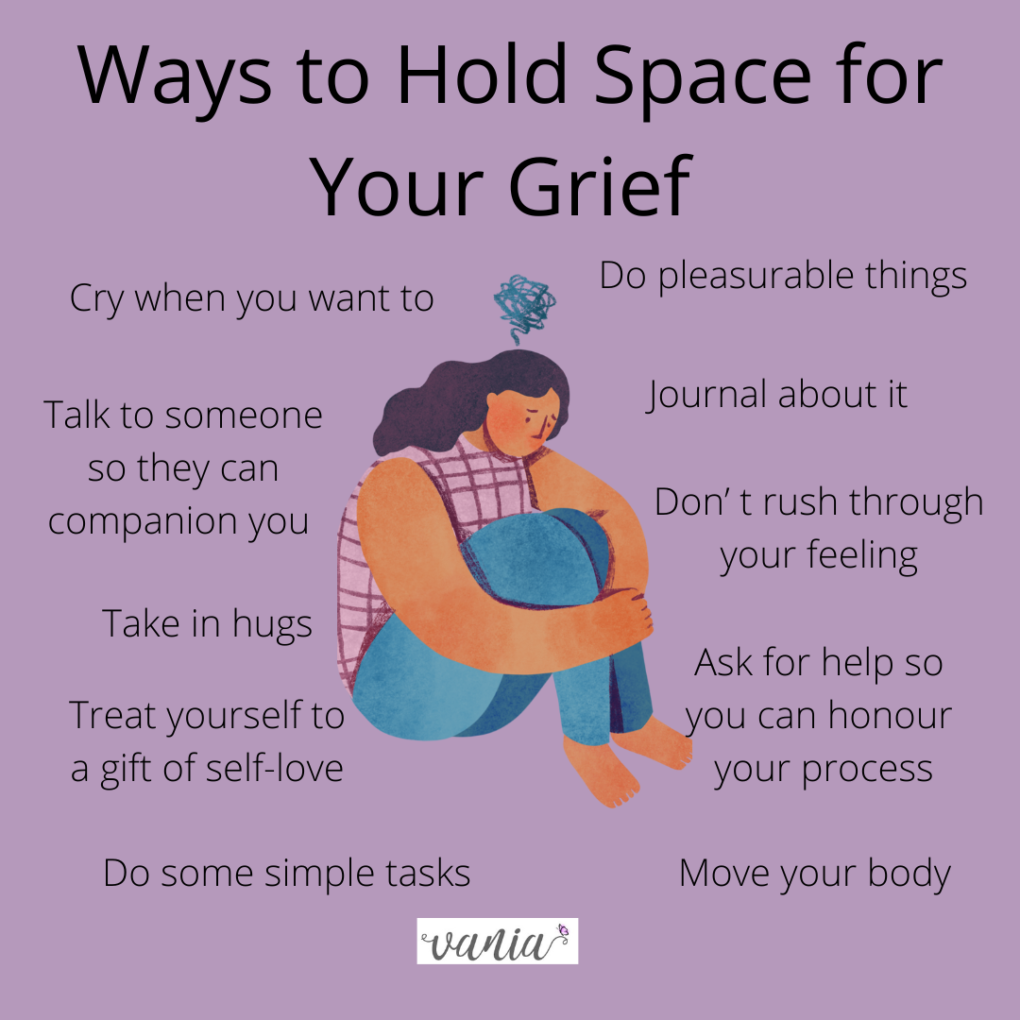
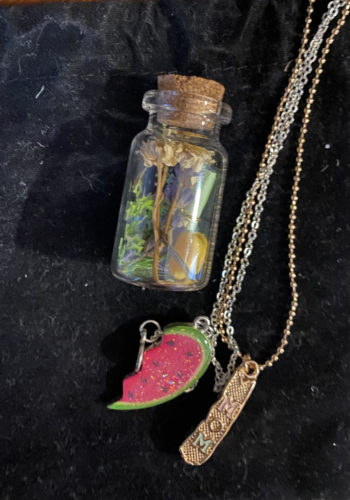 My family doesn’t have any rituals for death to honour, so my sister and i found ways to do it for ourselves. We created rituals that felt right and meaningful for us.
My family doesn’t have any rituals for death to honour, so my sister and i found ways to do it for ourselves. We created rituals that felt right and meaningful for us. 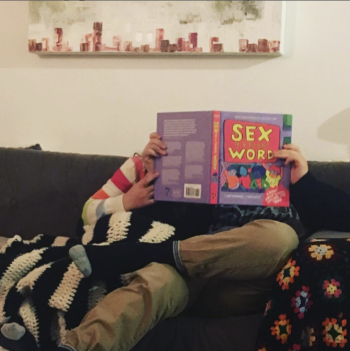
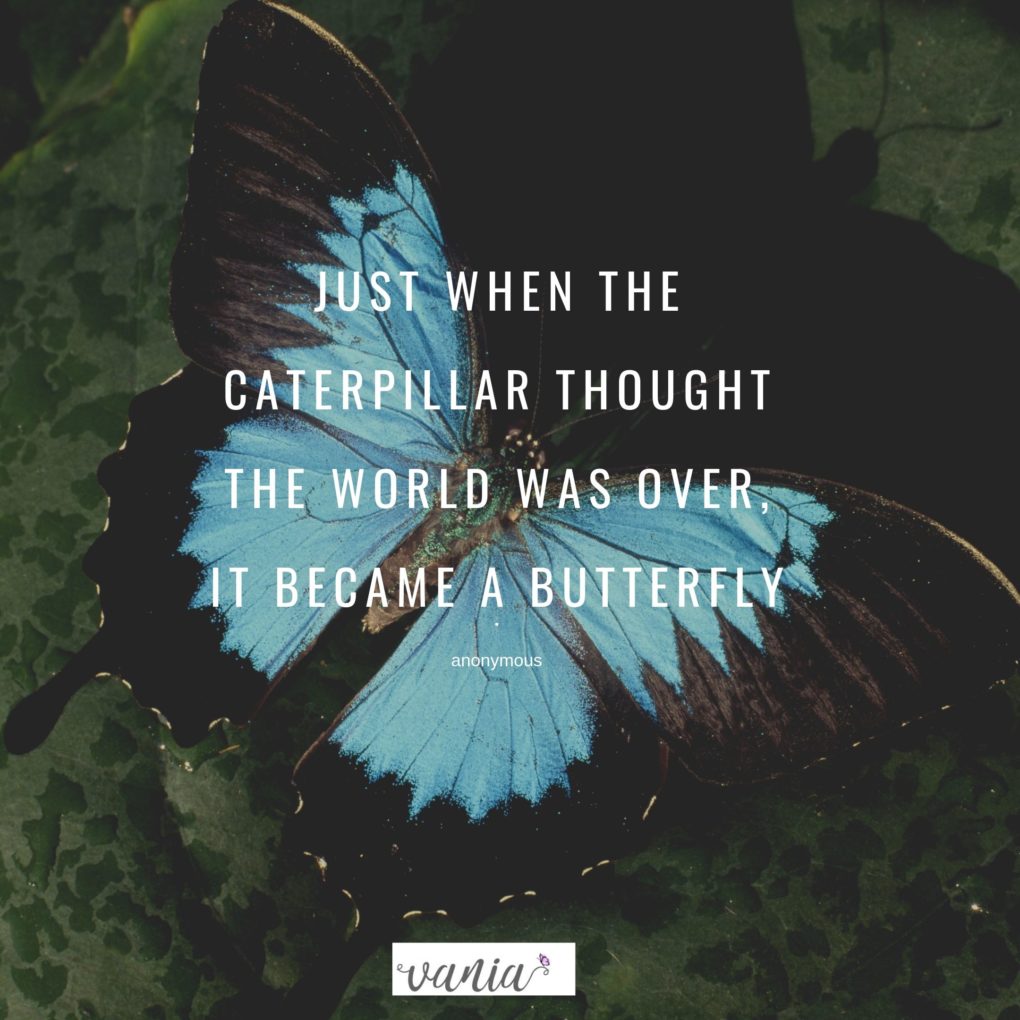 Now that it is April, it feels fitting to look at how this next season can help us move forward from these past two years. I love how the seasons offer a rightful place for contemplation and compassion for what is. Just like planting seeds in our gardens, so too are we planting seeds of hope for this next stage of our life. Spring is a perfect time to plant intentions versus be reactionary.
Now that it is April, it feels fitting to look at how this next season can help us move forward from these past two years. I love how the seasons offer a rightful place for contemplation and compassion for what is. Just like planting seeds in our gardens, so too are we planting seeds of hope for this next stage of our life. Spring is a perfect time to plant intentions versus be reactionary.